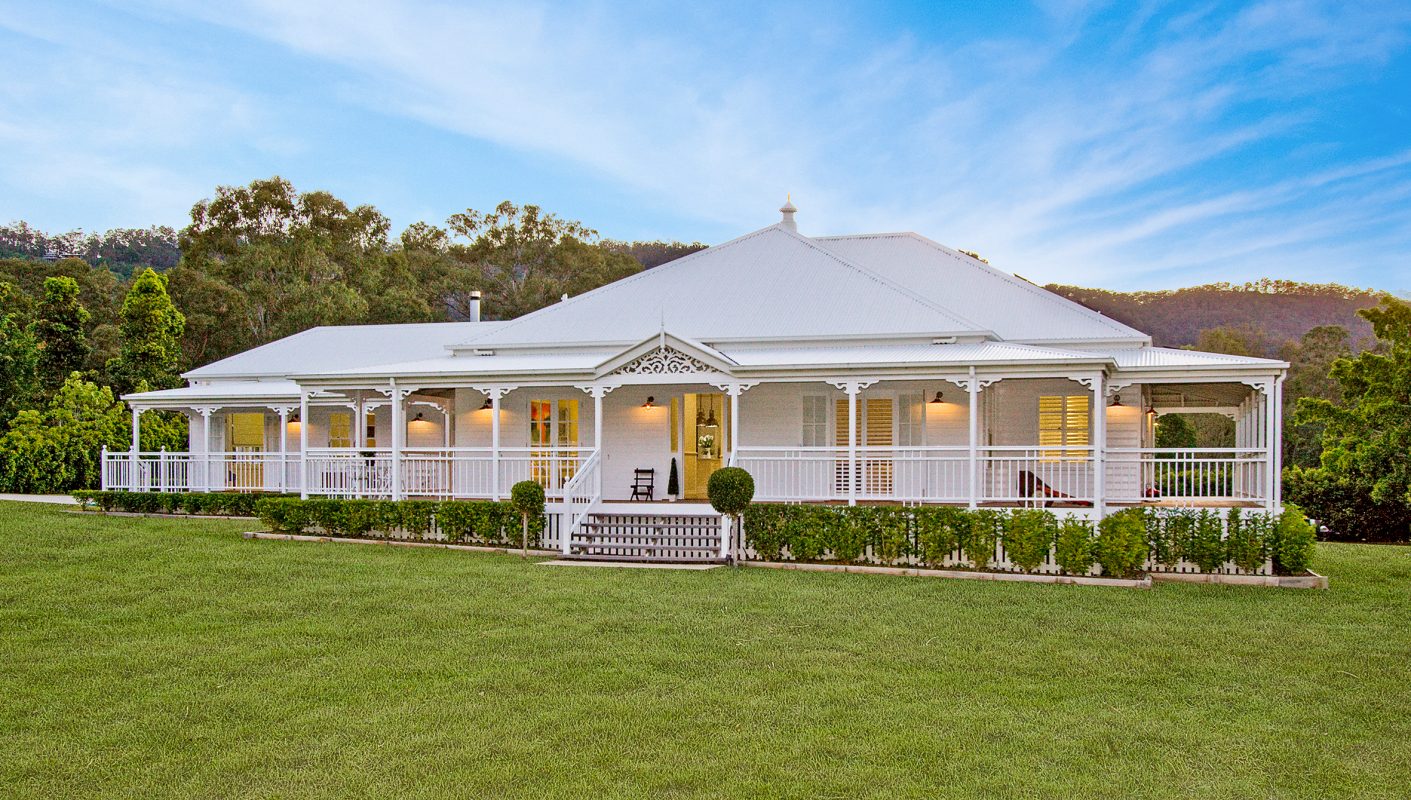
Period houses offer top-value because they are finite in number, have been built to last and have a strong sense of heritage and history.
In Brisbane and regional areas, the wonderful Queenslander is enjoying strong demand. Experts say houses built before WWII are now proving to be strong investments because supply is increasingly limited as buyers desiring more modern homes send in the demolition crew.
A Queenslander is a single storey, wooden structure, built on stumps approximately 3m off the ground with characteristic sweeping verandahs.
There are various types throughout the state – the Ashgrovian, Highrise and Current – and all features exterior staircases to the balcony and gabled roof.
Many were built in the 1920s and ’30s and like many sub-tropical and tropical structures of the time, cross-ventilation through louvre windows is a key feature of their design.
Significantly, Queenslanders are built on larger than average blocks of land, especially in Brisbane, and this contributes significantly to their value. Analysis shows between 70 to 80 per cent of the value of a purchase is wrapped up in land value.
To many buyers, the visually striking features of the Queenslander epitomise the uniqueness of the state. As a result they command a high premium and can provide a fantastic opportunity for an investor.
Investors will see a Queenslander as a wonderful long-term investment or a short-term gain by flipping when work is completed.
Finding a great investment requires a fine eye for detail, however. Wealth creation is not limited to the house itself. Buyers should consider the type of suburb, the size of property and the quality of the building before gauging whether it is a suitable investment.
Whether you are investing in, or buying a Queenslander for your own home, it is critical you conduct your own research on the local market. Complement this with advice from professionals, such as your agent, builder, solicitor and mortgage broker.
Four tips for finding the best value period homes:
- Find a strong or stable suburb in terms of prices
- Look for character homes on good streets
- Find out how similar properties have performed in the suburb in terms of time-on-market and sale price; and
- Understand the optimal size and condition of the house that buyers desire to evaluate possible renovation costs and potential for re-sale
